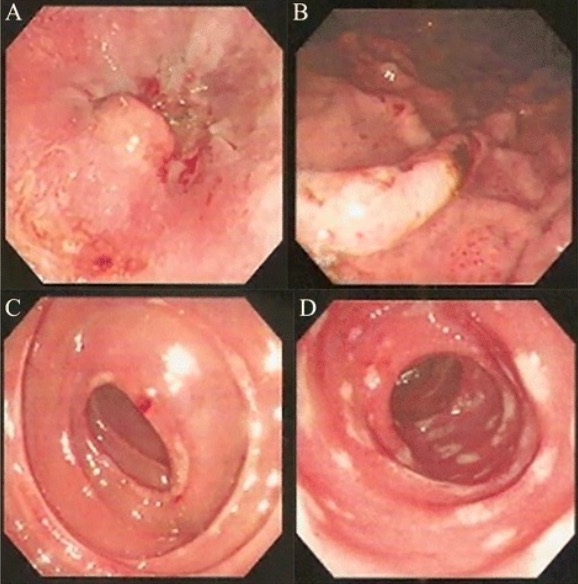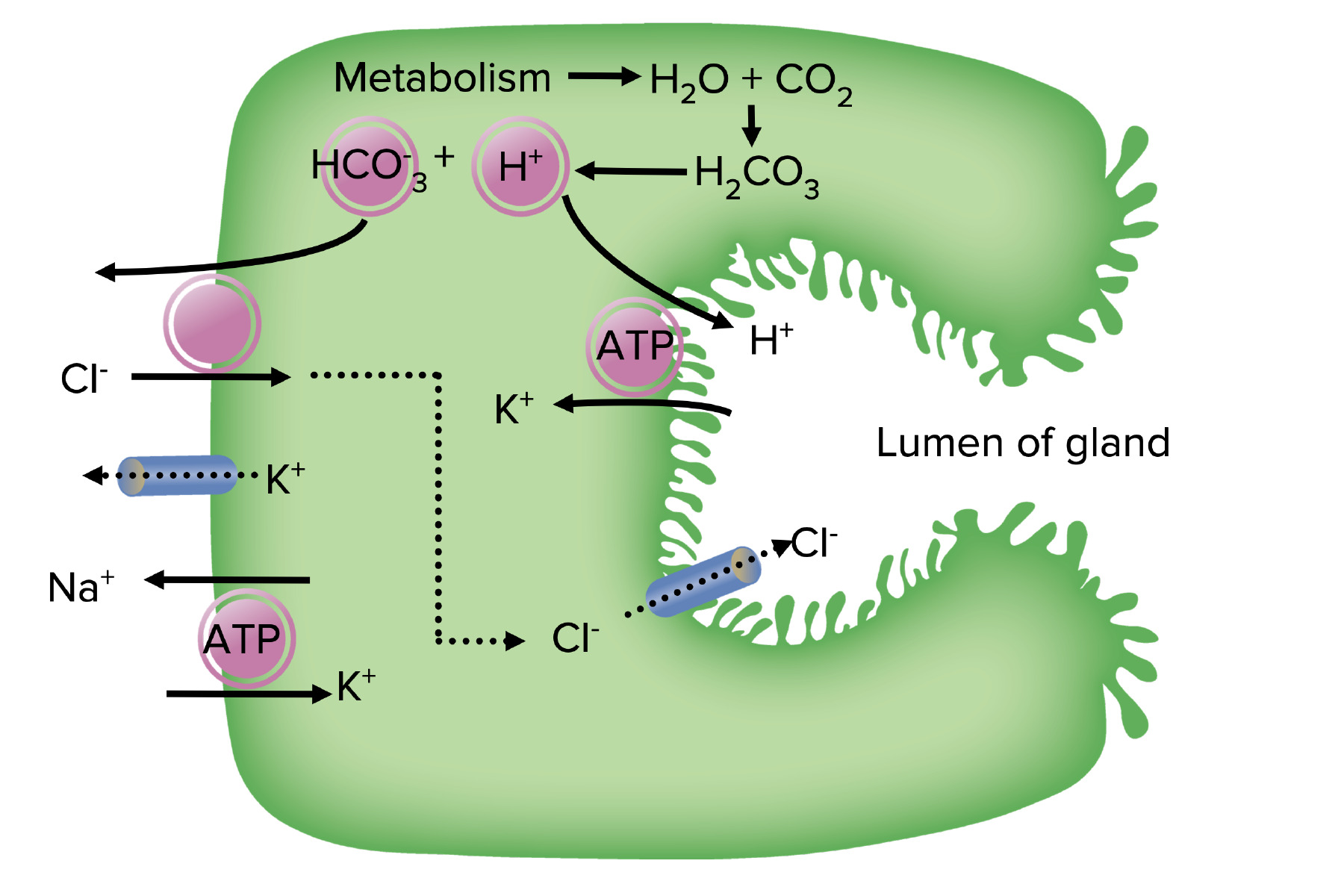Playlist
Show Playlist
Hide Playlist
Gastrinoma – Enteroendocrine Tumors
-
Slides EnteroendocrineTumors EndocrinePathology.pdf
-
Download Lecture Overview
00:01 Our second pancreatic Islet cell tumor is gastrinoma. 00:08 You may know this as being ZE, Zollinger-Ellison. 00:11 Now, to make this really interesting for you is that if you are thinking gastrin, physiologically, where is gastrin being released? From your G cells in the antrum of the stomach. 00:23 Would you please remind me where we are in the body? The pancreas. 00:29 So, obviously, the question is, “Well, Dr. Raj, how is it that I have a gastrin producing tumor in the pancreas when normally you and I should have gastrin being produced in the stomach?” Because this is a malignant cancer, okay? So, whenever you have malignancy, please understand that the cancer can do whatever it wants, wherever it wants to go; here, it chooses peculiarly to be in the pancreas. 00:55 May also occur in the duodenum, keep that in mind, or in the peripancreatic tissue. 01:00 You call this the gastrinoma “triangle”, okay, right around that area of the pancreas. 01:08 Results in ZE syndrome, what does that mean to you? It means that with all this gastrin that you are producing, which is a hormone, we are entering circulation, work on the parietal cell just like you would normally, excessively this time and that gastrinoma, excuse me, the gastrin and the CCKMB type of receptor complex is then going to stimulate hydrochloric acid secretion, [sound], excessively. 01:34 Now, there is a huge wave of acid coming out of the stomach into the duodenum, a wave of acid. 01:42 Now, at least the stomach maybe perhaps could handle that acid, so you may not have peptic ulcer disease in the stomach, perhaps you do, but if that acid is coming out of the stomach in great abundance into the duodenum, there is no way that the lining of the duodenum can handle all that acid. 01:59 So, what does that acid do? It starts eroding the lining with erosion called pathologically ulceration, recurrent, recurrent, recurrent, refractory. 02:09 It doesn’t want to respond to H2 blockers, this thing is not responding to PPI perhaps. 02:16 And in addition, you have heard of gastric peptic ulcer disease, you have heard of duodenal peptic ulcer disease, have you really spent too much time on jejunal peptic ulcer disease? No. 02:27 So, if you find the peptic ulcer disease in the jejunum, maybe, maybe, along with this, all this acid destroying everything, it is kind of like a volcano that erupted, huh, everything that is in its path will be ultimately destroyed. 02:42 All this acid, think of it as being the lava, it is destroying everything in its path so you are going to have malabsorption and you are going to have diarrhea, massive diarrhea, massive over production of acid; ulcer is in the jejunum, my goodness, high on the differential, a gastrinoma, a second type of pancreatic Islet cell tumor.
About the Lecture
The lecture Gastrinoma – Enteroendocrine Tumors by Carlo Raj, MD is from the course Pancreatic Disease and Diabetes.
Included Quiz Questions
Where does ectopic gastrin production occur?
- The pancreas, duodenum, and peripancreatic tissue
- The pancreas, duodenum, and stomach
- The stomach, pancreas, and duodenum
- The stomach, duodenum, and peripancreatic tissue
- The pancreas, peripancreatic tissue, and stomach
A patient presents to the emergency department with intractable abdominal pain, nausea, and vomiting. The patient states that he has been taking proton pump inhibitors and H2 blockers prescribed by his doctor, but has had no relief. You diagnose the patient with Zollinger-Ellison syndrome. On imaging, which finding would NOT be expected?
- Esophageal varices
- Jejunal ulcers
- Duodenal ulcers
- A gastrin secreting tumor in the pancreas
- Signs of mucosal erosion due to increased acid production
Customer reviews
5,0 of 5 stars
| 5 Stars |
|
5 |
| 4 Stars |
|
0 |
| 3 Stars |
|
0 |
| 2 Stars |
|
0 |
| 1 Star |
|
0 |





